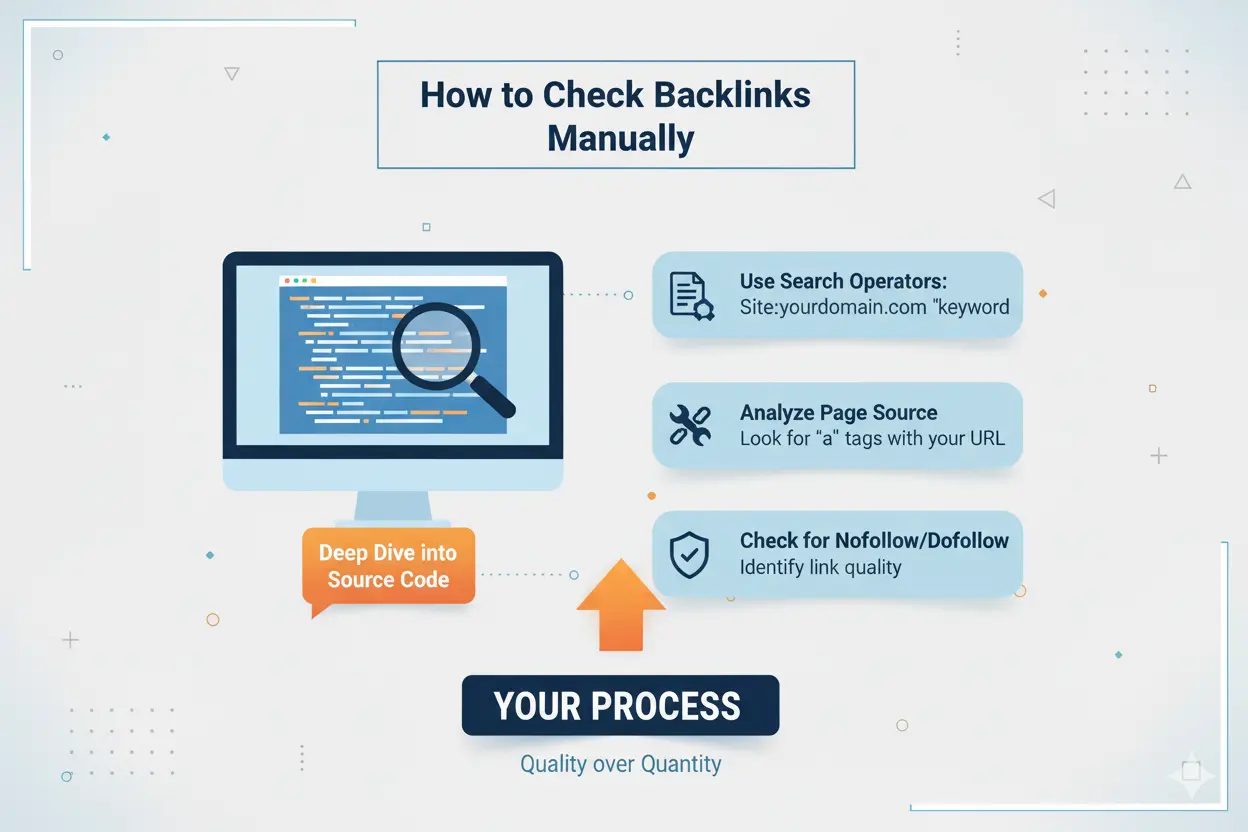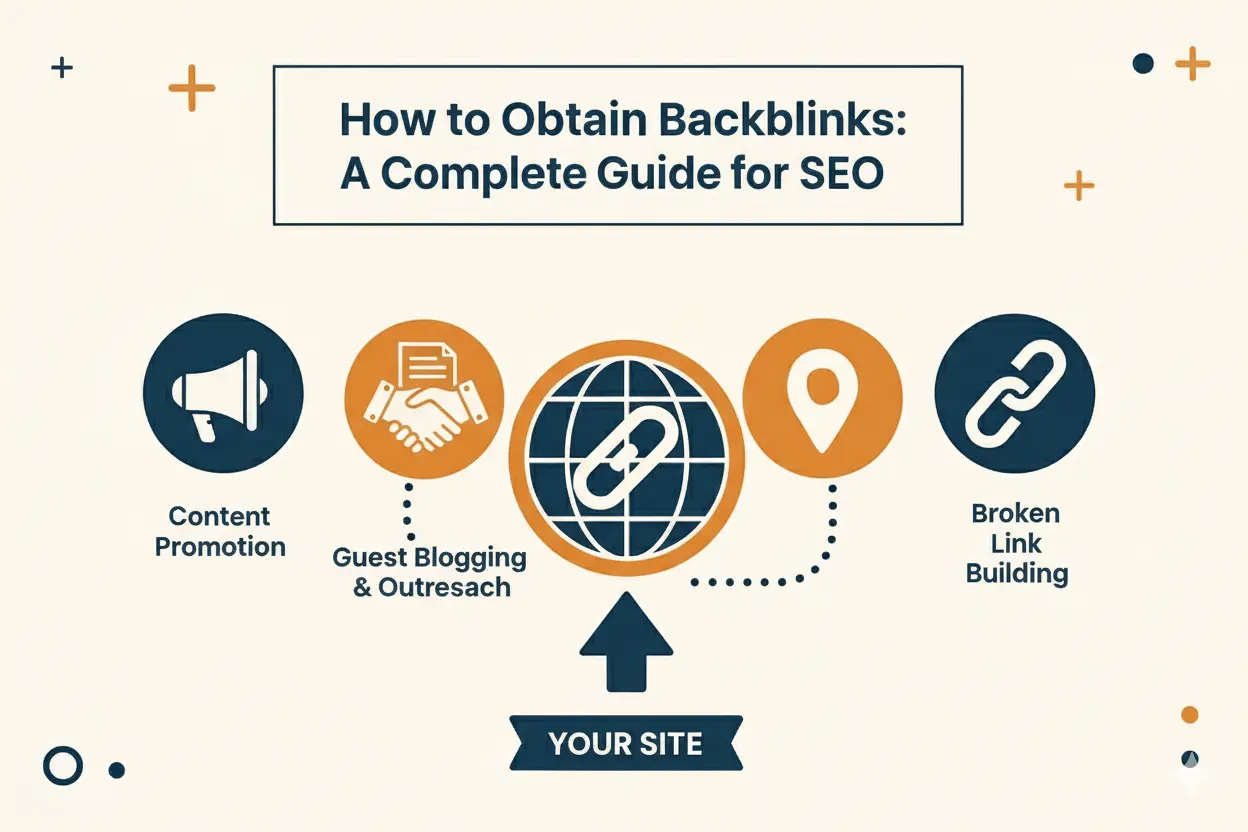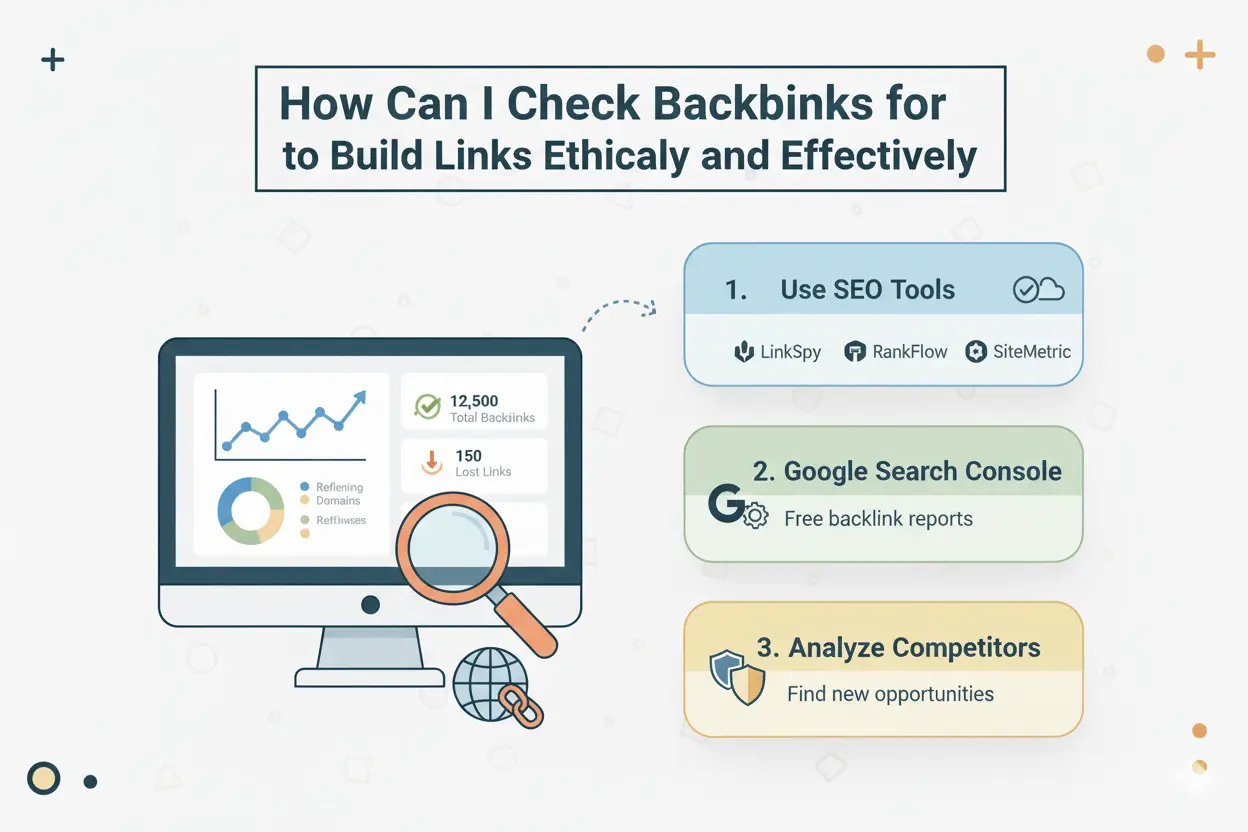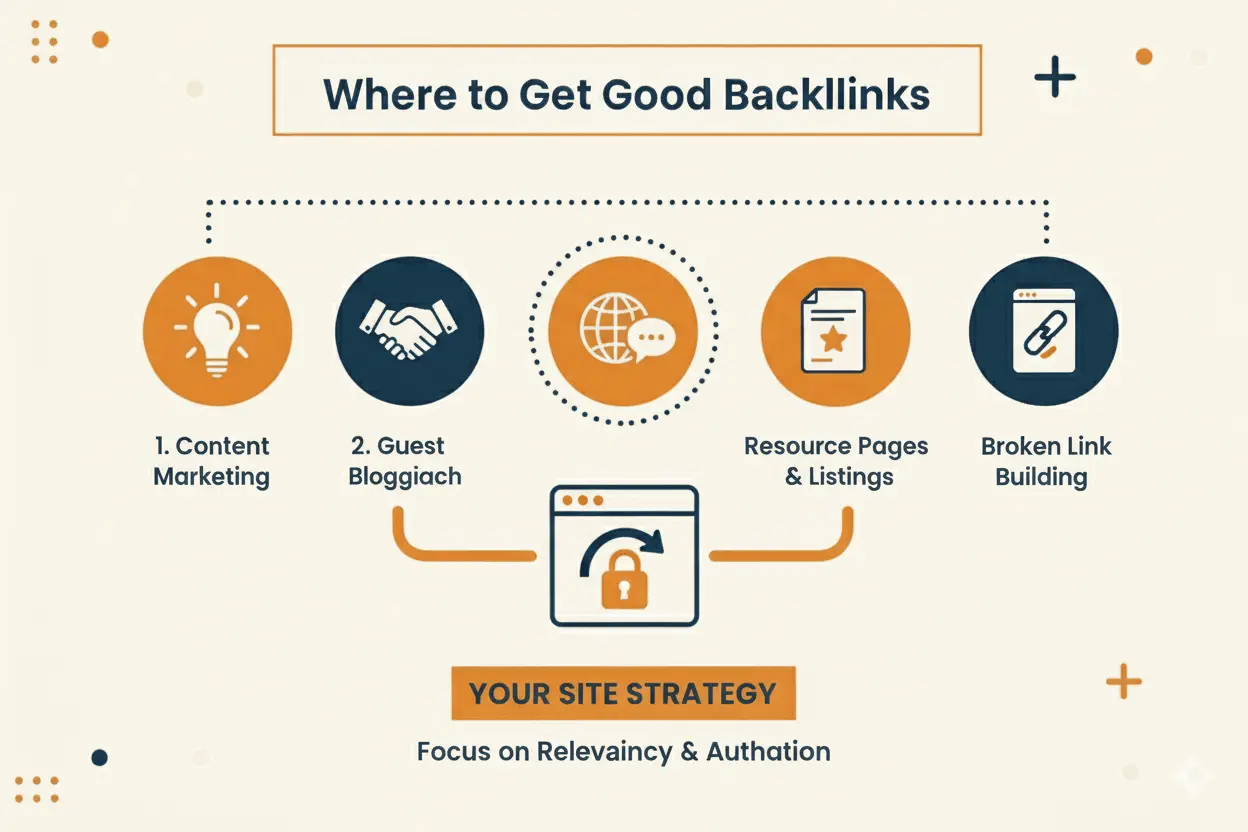How to Check Backlinks Manually: A Step-by-Step Guide

Backlinks remain a cornerstone of SEO, and knowing who links to your site is crucial for improving search engine rankings, spotting opportunities, and identifying potential issues. While tools like Ahrefs, SEMrush, or Moz automate backlink analysis, sometimes it’s necessary to check backlinks manually—especially for small websites or when you need precise control over the data.
Why Manual Backlink Checking Matters
- Accuracy: Automated tools may miss certain links, especially new or unusual ones.
- Context: Manual checks allow you to see the surrounding content, anchor text, and link placement.
- Quality Control: Identify low-quality, spammy, or irrelevant links that could harm SEO.
- Verification: Confirm that claimed backlinks from outreach campaigns or guest posts are actually live.
Step 1: Use Google Search Operators
Google search operators can help uncover backlinks without special tools.
- Search by domain:
link:yourwebsite.comNote: This operator is limited and doesn’t show all backlinks, but it gives a quick idea of linking sites. - Search by URL:
"https://yourwebsite.com/page-url"Put your URL in quotes to find exact matches where it’s mentioned. - Combine with keywords:
"your website name" site:example.comThis helps find mentions that may include a backlink.
Step 2: Check Referring Domains in Google Search Console
Google Search Console provides a free, reliable view of backlinks pointing to your site:
- Go to Search Console → Links → Top Linking Sites.
- Review the referring domains and linked pages.
- Click on each domain to see individual pages linking to your site.
While not 100% comprehensive, this ensures you capture the links Google recognizes.
Step 3: Manual Verification
Once you identify a backlink:
- Visit the linking page.
- Check if the link points to the correct URL.
- Examine the anchor text and placement (within content, sidebar, footer).
- Note the dofollow or nofollow attribute in the link’s HTML:
<a href="https://yourwebsite.com" rel="nofollow">Your Site</a>
This process ensures that links are legitimate, relevant, and beneficial for SEO.
Step 4: Track and Document Backlinks
Maintain a simple spreadsheet to record:
- Referring site/domain
- Target URL on your site
- Anchor text
- Link type (dofollow/nofollow)
- Date discovered
This helps monitor growth, spot lost or broken backlinks, and analyze link quality over time.
Step 5: Monitor for Lost or Broken Links
Regular manual checks can reveal links that have been removed or broken. If you find a lost link:
- Contact the webmaster to request reinstatement.
- Implement a 301 redirect if the original page was moved.
- Replace content if a valuable page was deleted.
Tips for Efficient Manual Backlink Checks
- Focus on high-authority backlinks first.
- Use browser extensions (like MozBar or Ahrefs Toolbar) to quickly see link metrics.
- Combine manual checks with automated tools to save time and catch overlooked links.
- Perform backlink audits quarterly to maintain a clean and strong link profile.
Final Thoughts
Manually checking backlinks may take more effort than automated tools, but it offers accuracy, context, and quality control that machines can’t fully replicate. For SEO Vizon, mastering manual backlink checks ensures you maintain a healthy, authoritative, and effective link profile, which is critical for sustainable SEO success.









